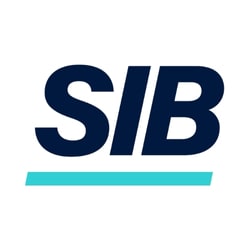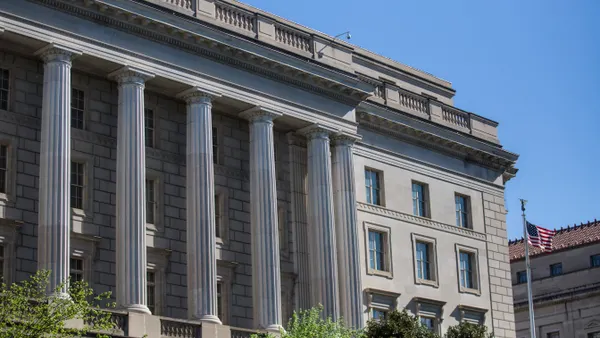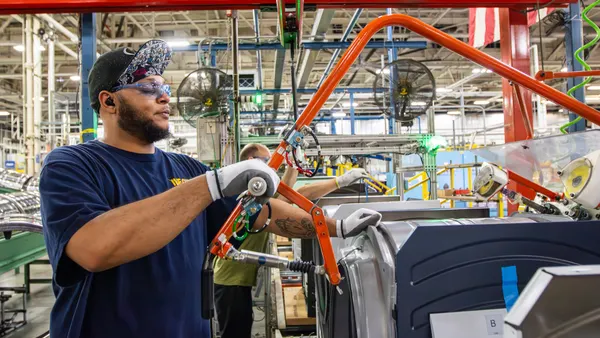Companies struggling to get through the downturn must measure carefully taking out a loan to buy or lease equipment to improve future business. However, a program the Federal Reserve announced in March is about to launch, providing access to the debt markets and increasing a company's chances of being approved.
The $100 billion Term Asset-Backed Securities Loan Facility (TALF) — part of a package of initiatives the Fed rolled out to soften the downturn — intends to encourage lenders to provide loans to businesses. This is accomplished by making it attractive for investors to buy into bonds collateralized by your loan and others like it.
TALF was a big part of the Fed's effort to restore credit markets during the 2008 financial crisis, and analysts generally say it was a model of success. It helped thaw credit without costing taxpayers money, and investors received returns as high as 48%.
"The Fed was able to prevent the shutdown of lending to consumers and small businesses, with minimal risk to taxpayers," The Wall Street Journal said in an editorial.
The high returns fueled criticism that the government was helping investors at the expense of Main Street businesses, but analysts say the returns helped ensure markets were sufficiently liquid to keep credit flowing where it was needed.
"The fact that, on the back side, there [was] money to be made by participants in those markets, has to be a secondary consideration for the Fed during a time of crisis," Tim Clark, a former deputy director of supervision at the Federal Reserve, told The Wall Street Journal.
June 17 launch
The program this time around is set to launch June 17 when the first loan subscription date opens.
The timelines and terms of the program, which the Fed released last month, are mainly of concern to investors who are interested in obtaining a federally backed loan to buy into a fund. Each fund is backed by a targeted kind of asset-backed credit, such as loans to help a business increase or upgrade its equipment.
How well the program works will determine how willing lenders are to lend, and analysts are optimistic asset-backed funds under TALF will attract investors. Those investors could earn as much as 21% on AAA-rated bonds backed by some categories of loans, say analysts at JPMorgan Chase & Co.
That return would be down from the highest returns investors were able to get during the 2008 crisis, in part because credit markers are already improving. As markets improve, bond returns drop, but analysts think returns will be high enough to attract investors, especially in the earliest subscription rounds.
"TALF is going to reward the fund managers who are able to move quickly into this," Timothy Spangler, a partner in the financial services practice at global law firm Dechert LLP, told the Journal.
Spangler said in a webcast last week that investors can expect 7-8 subscription rounds, about two a month, until the Fed closes TALF in September.
The program targets specific sectors of the economy: small businesses, auto sales and leasing, retail and other sectors that generate credit card receivables, business equipment, and property and casualty insurance.
One asset class that won't be supported: collateralized loan obligations (CLOs) — corporate debt typically used for buyouts. The program only allows the kind of CLOs in which loan proceeds aren't allowed to be reinvested. These static CLOs comprise only a fraction of the market.
"The program will reduce risks for banks and make it easier for them to keep issuing new loans," senior MacKay Shields economist Steve Friedman said.











